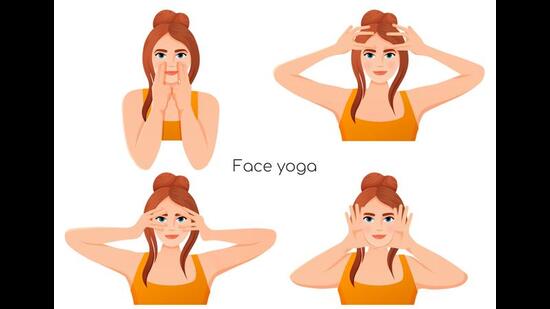In what condition is endoscopy done?
Endoscopy is a name that many people are hearing. It is a Greek word, which means to look within. Endo means within, and scope means to examine or see.
Endoscopy is the process of examining the inside of the body without making a wound. In which an endoscope (instrument) is used to closely observe the condition of the internal part of the body. This device consists of a long, thin flexible tube. Light and camera are connected to the tube. After injecting it through the mouth, what has happened in the esophagus, stomach, etc. can be clearly seen on the monitor.
Types of endoscopy
Endoscopy can be done in different parts of the body. Endoscopy is named after the organs.
Gastroscopy: Gastroscopy quickly detects diseases of the esophagus, stomach and small intestine. It detects swelling, ulcers and tumors in these organs.
Colonoscopy: Colonoscopy identifies rectal disease problems. Colonoscopy is a method of checking the internal condition of the anus and the condition of the large intestine by inserting a tube through the anus.
(Colonoscopy examines the lower part of the stomach, while endoscopy examines the upper part of the stomach. Both of these procedures are the same, but the name and the part of the body to be checked are different.)
Bronchoscopy: It detects problems in the lungs. It identifies various respiratory system and other lung-related problems such as tumors, infections, and breathing problems.
Cytoscopy: It detects urinary problems like urinary tract, blood in urine and infection.
Neuroendoscopy: It detects brain and spine problems such as hydrocephalus, tumors, and various neurological problems.
In what cases is it recommended?
Endoscopy is recommended for two reasons. One is to check based on the symptoms reported by the patient and the other is to see during surgery.
When there is a problem in swallowing food, when there is pain in the stomach for a long time, when there is frequent vomiting and when there is blood in the stool and urine, endoscopy is advised to find out the cause.
Endoscopy is also used in the process of removing bleeding ulcers, tumors or cancer.
Endoscopy is done as needed even if no organ is clearly reported on X-ray.
Diagnosis according to disease
-Gastroesophageal reflux: This is a chronic disease, in which stomach acid reaches the esophagus and damages the inner layer. The condition of the esophagus can be known through endoscopy.
- Nodule: There is a lump around the stomach or esophagus. And, if such a lump grows, it can be seen through endoscopy. It can be understood whether there is a risk of cancer or not by its size. According to which the treatment is decided.
— Esophageal swelling: If the esophageal vessels are larger than normal and swollen, endoscopy helps to see the enlarged vessels, assess their size and severity.
- Abdominal swelling: Causes of abdominal swelling can be seen through endoscopy. Based on this insight, a treatment plan for the swelling can be made.
Stomach ulcer: Stomach ulcer is also known as peptic ulcer. Endoscopy helps in the diagnosis and treatment of peptic ulcers.
-Gastroesophageal stricture: The esophagus or the inside of the stomach becomes narrow for some reason. Endoscopy aids in diagnosis by imaging the gastroesophageal site.
How is it done?
- In this process, it is done in Khalipet. At first, the patient is placed on a bed.
— A monitor is attached to monitor blood pressure and heart rate.
- Then local anesthesia is given. Anesthesia can be given in the mouth to numb the throat for endoscopy. (A camera and light are attached to the tip of the endoscope.)
After that, the endoscope is placed in the mouth and swallowed. A slight pressure may be felt during this process. At this time the breathing process does not stop. And, they are made to sit without speaking.
- While the endoscopy is going down the esophagus to the intestine, the digestion condition is viewed directly from the monitor through the camera.
- After the examination or the necessary procedure is completed, if the meat has grown, the surgical instrument to remove it is inserted through endoscopy. If cancer is suspected, a small piece is taken for biopsy.
After this, the endoscope is gradually removed from the mouth.
Is there pain in this process?
There is no pain due to local anesthesia. However, some may feel bearable pain.
Also, it takes up to 3 minutes from start to identify the problem. If surgery is to be done together, then it should be done after observing the condition for half an hour.
Risk
- Flatulence.
- Light bleeding.
- There may be an infection in the part where it is done.
- A hole in the stomach, esophagus or intestine,
If you see these symptoms, you should go to the hospital immediately.
How much does it cost?
5 to 6 thousand for endoscopy and 7 to 9 thousand for colonoscopy in government hospitals. Fees may vary depending on the hospital.
Similarly, an average of 2,000 for endoscopy and 4,000 for colonoscopy in government hospitals.
advantage
— The camera used in endoscopy takes a clear picture of the internal organs.
- Detects internal organ problems without pain without making a big incision.
- Surgery and biopsy of suspected cancer can be done at the same time.






